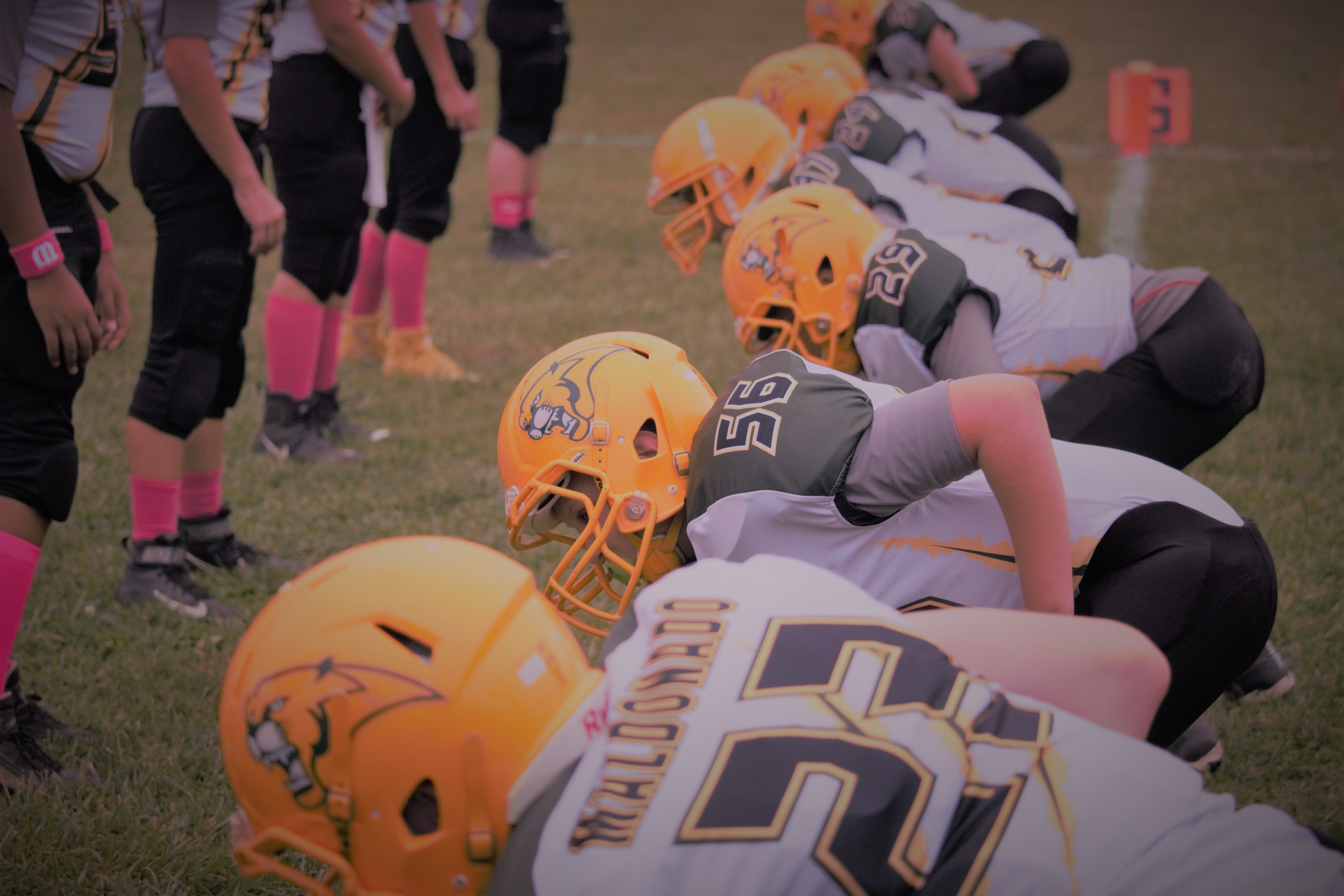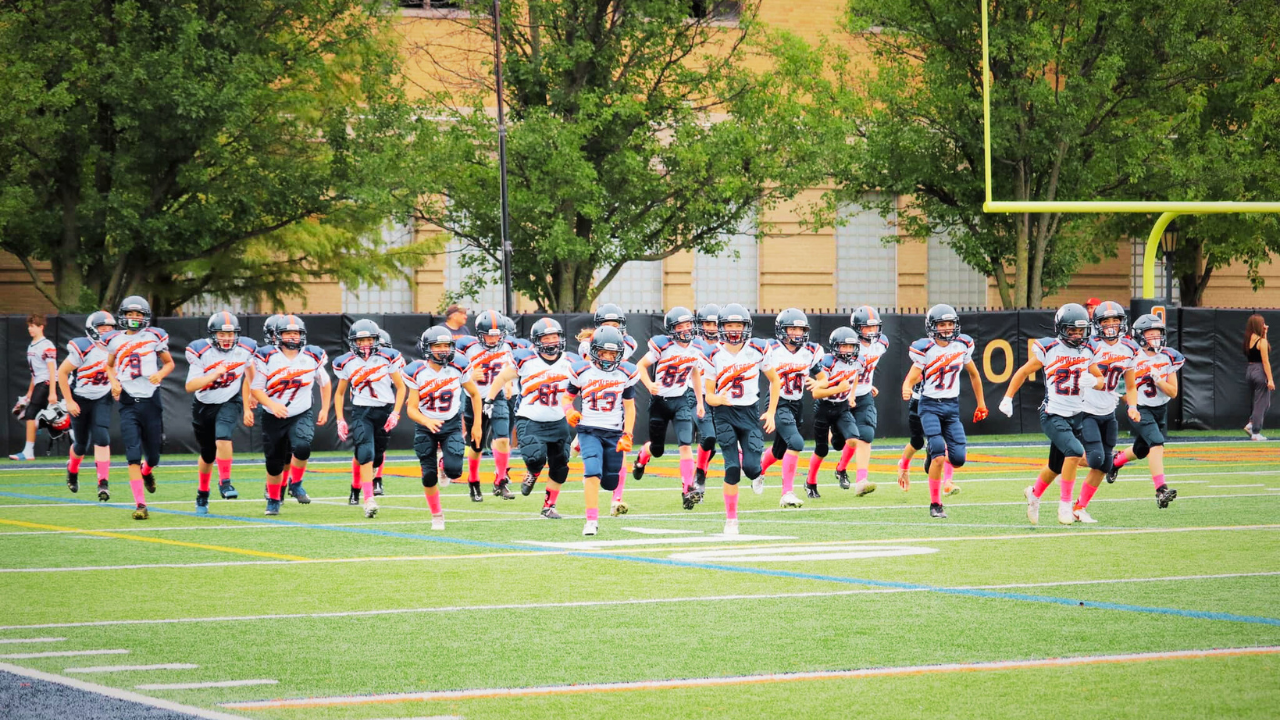Play Call to Practice Time Ratio

The limiting factor on all football teams is time. Every team has a limited amount of practice time and a limited amount of practice reps. As a coach this time is your currency, if you are looking to add another play into your offense or defense you will need to “buy” it with practice reps and time. This makes it critical that you are constantly analyzing the relationship between the amount of time you spend working on the plays to the amount of times you call those plays in a game. We call this our Play to Practice Ratio.
Play Call to Practice Time Ratio
One of the most frustrating things from a play caller’s perspective is to spend all week working on a play and not run it once in a game. The amount of time you spend working on a play is a critical component of your game that you must determine every week.
Whenever we are going to add a play to our offense, we ask ourselves two crucial questions. First, are we comfortable calling this play in a game. If so, we move on to our second question, will this take a significant time away from practicing our other skills. If the answer is no then it is an easy add. If the answer is yes, meaning it will take significant practice time to develop this play, we need to think about how much it is going to add to our offense.
There are simple wrinkles that can be added to plays that take little to no individual time to master. These are our favorite wrinkles to add. These normally involve some sort of tag where two players are changing their assignments and doing something slightly different, but it presents a completely different picture to the defense. One example of this is our Blast tag. On our blast tag the Backside Tackle will block the backside tackle and the H Back will lead up through the B Gap. This is a change from their normal rules where the tackle will block the B Gap player and the H Back will be responsible for the backside C Gap. This is a simple tag that we use with multiple schemes, which makes it a very easy add for us.
Related Content: Practice Planning in Youth Football
On the other hand, some plays require a massive change for everyone on the offense. An example of this was our Toss Play. We were having success with Power so many teams started to pinch the Ends to take away Power. If we wanted to continue to run Power, we needed a way to make them pay. Our solution was to run Toss. This involved a new blocking scheme for the offensive line but was well worth it because we ran it multiple times and it allowed us to run Power once the defense stopped pinching their Ends.
The negative is an add that takes up lots of practice time but does not really add a lot to the offense. For us this season it was our Tack call. This tag was to tell the Tackle to arch and block the C gap player and leave the B Gap player alone. This B Gap player would become the Quarterback’s new read. Our kids struggled with this. The line struggled to understand that for four other people the assignment was the same. Meanwhile our Quarterback struggled with reading the mesh since the read player had moved a gap closer. In the end we spent too much time repping it and never got the play to a spot that we were comfortable enough to call it during a game.
Related Content: 80-20 Principle for Youth Football
Looking at the Practice to Play Ratio is an important element for giving your players the tools they need to perform on a Friday night. Kids play their best when they are confident in their role. This means they must be confident in both knowing their assignment and believing they can execute it. This confidence is only developed through practice repetitions in individual, group and team time.










